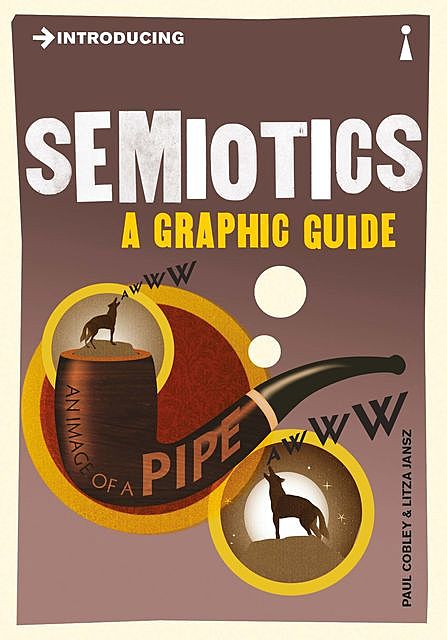Introducing Semiotics
- Alicia Reyes Morenoцитує3 роки томуOne of the most notable debates on signs in the Ancient world took place between the Stoics and the Epicureans (around 300 BCE in Athens).
The crux of the matter concerned the difference between “natural signs” (freely occurring throughout nature) and “conventional” signs (those designed precisely for the purpose of communication). - Nastia Kdцитує6 років томуdifference between “natural signs” (freely occurring throughout nature) and “conventional” signs (those designed precisely for the purpose of communication).
- Nastia Kdцитує6 років томуSemiotics as a discipline is simply the analysis of signs or the study of the functioning of sign systems.
- Nastia Kdцитує6 років томуword “semiotics” comes from the Greek root, seme, as in semeiotikos, an interpreter of signs
- Юля Шкатовацитує7 років томуCharles Sanders Peirce (1839–1914)
- Юля Шкатовацитує7 років томуFor Saussure, the sign signifies by virtue of its difference from other signs. And it is this difference which gives rise to the possibility of a speech community.
- Юля Шкатовацитує7 років томуThe only reason that the signifier does entail the signified is because there is a conventional relationship at play.
- Юля Шкатовацитує7 років томуLater, “semiotics” will be used as the general designation for the analysis of sign systems.
- Юля Шкатовацитує7 років томуThe mental concept of a dog need not necessarily be engendered by the signifier which consists of the sounds /d/, /o/ and /g/. In fact, for French people the concept is provoked by the signifier “chien”, while for Germans, the signifier “hund” does the same job.
- Юля Шкатовацитує7 років томуCentral to Saussure’s understanding of the linguistic sign is the arbitrary nature of the bond between signifier and signified.
fb2epub
Перетягніть файли сюди,
не більш ніж 5 за один раз


